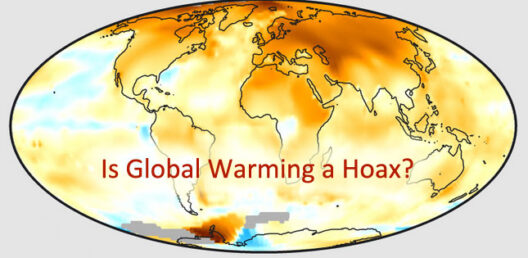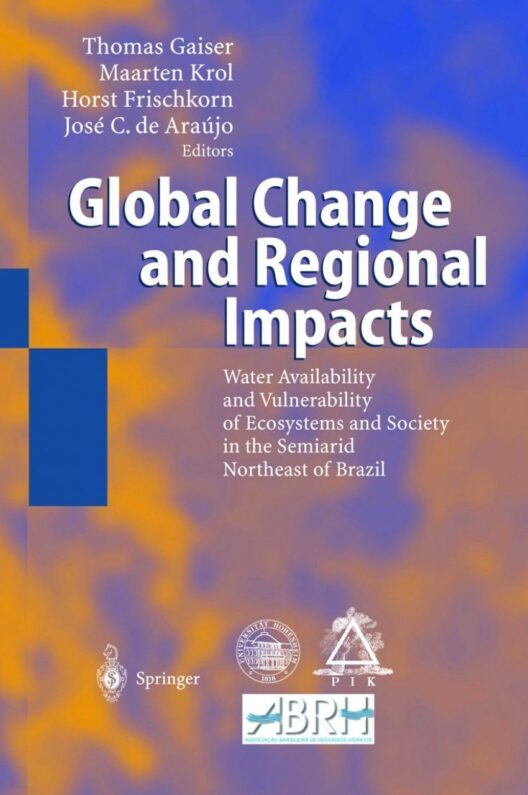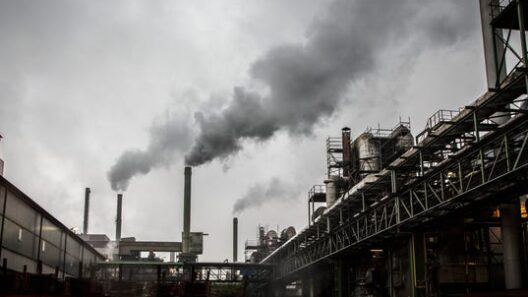Europe’s climate is often perceived as mild compared to other regions of the world. This perception arises from a unique amalgamation of geographic, atmospheric, and oceanic influences that shape weather patterns across the continent. Understanding these factors not only demystifies the nature of Europe’s climate but also highlights how climate change threatens this delicate balance.
The primary driver of Europe’s temperate climate is the North Atlantic Drift, a powerful oceanic current derived from the Gulf Stream. This current transports warm water from the tropics towards Europe, moderating winter temperatures and bestowing a maritime character to many parts of the continent. As a result, even locations situated at higher latitudes, such as parts of the United Kingdom and Scandinavia, benefit from comparatively balmy winters.
Furthermore, Europe’s geographical diversity plays a significant role in its climate. The continent features a variety of landscapes, including mountains, plains, and plateaus, each contributing differently to local weather patterns. The Alps, for instance, act as a formidable barrier that influences the flow of air masses. The orographic effect, where moist air is lifted over the mountains, causes precipitation on the windward side, while creating drier conditions in the lee. This phenomenon results in distinct microclimates, showcasing the intricate interplay between topography and climate.
The continental climate, characterized by significant temperature variation, is observed in central and eastern Europe. Regions such as Hungary and Poland experience hot summers and cold winters, a stark contrast to the milder climes of coastal areas. This variation occurs due to the distance from the moderating influence of the Atlantic Ocean and the presence of continental air masses. Here, the seasonal contrasts become more pronounced, underscoring the complexity of Europe’s overall climatic narrative.
Moreover, the prevailing winds and atmospheric circulation patterns directly shape the weather conditions across Europe. The westerlies, which carry moist air from the Atlantic, predominantly influence the climate of Western Europe. In contrast, the eastern parts of the continent are often under the influence of continental air masses that can lead to extreme weather events. Understanding these wind patterns is crucial to grasping how climate variability manifests throughout different seasons.
In addition to natural factors, human activities have begun to impose significant alterations on Europe’s climate landscape. Industrialization has led to increased greenhouse gas emissions, contributing to global warming and altering traditional weather patterns. Europe, being a hub of economic activities, has witnessed intensifying impacts such as heatwaves, altered precipitation patterns, and rising sea levels. These changes not only disrupt ecosystems but also threaten agricultural productivity and water resources, highlighting the urgent need for climate action.
Climate models predict that Europe will encounter increasingly erratic weather in the future, characterized by more frequent and severe storms, droughts, and heatwaves. The implications of these changes are far-reaching, affecting everything from biodiversity to public health. For instance, warmer temperatures can lead to shifts in plant and animal populations, as species migrate towards cooler areas. This dynamic poses challenges for ecosystems and conservation efforts, as many species struggle to adapt to rapid changes.
Furthermore, the socio-economic ramifications of climate change in Europe cannot be understated. Vulnerable communities may face greater risks, including food insecurity and health problems. Urban areas, particularly those with dense populations, are at heightened risk of heat-related illnesses and infrastructure challenges during extreme weather events. Policymakers must recognize these disparities to ensure equitable mitigation and adaptation strategies are implemented.
The role of policy and governance is paramount in addressing the climate crisis. European nations have taken significant strides toward combating climate change through international agreements such as the Paris Agreement. Additionally, regional policies, such as the European Green Deal, aim to foster sustainable growth and reduce greenhouse gas emissions. These initiatives highlight the collective responsibility of countries to pursue environmental stewardship while maintaining economic stability.
Engagement with the public and promotion of climate literacy are equally crucial. Citizens must be educated about the causes and consequences of climate change to foster community-driven interventions. Public awareness campaigns, educational programs, and grassroots movements can empower individuals to advocate for environmental protection and sustainable practices. Cultivating an informed populace is essential for driving meaningful change.
In conclusion, Europe’s mild climate is the product of a myriad of factors, including oceanic currents, geographic diversity, and atmospheric conditions. However, the Alarming influence of human-induced climate change poses unprecedented challenges to this delicate balance. Understanding these dynamics is critical for developing robust strategies to mitigate climate impacts and adapt to future uncertainties. The time to act is now, as Europe’s climate—and indeed the planet’s—hangs in the balance. The interplay between natural phenomena and anthropogenic activities underscores the urgency of a collective response, necessitating a commitment to sustainable practices and environmental advocacy to safeguard our shared future.







